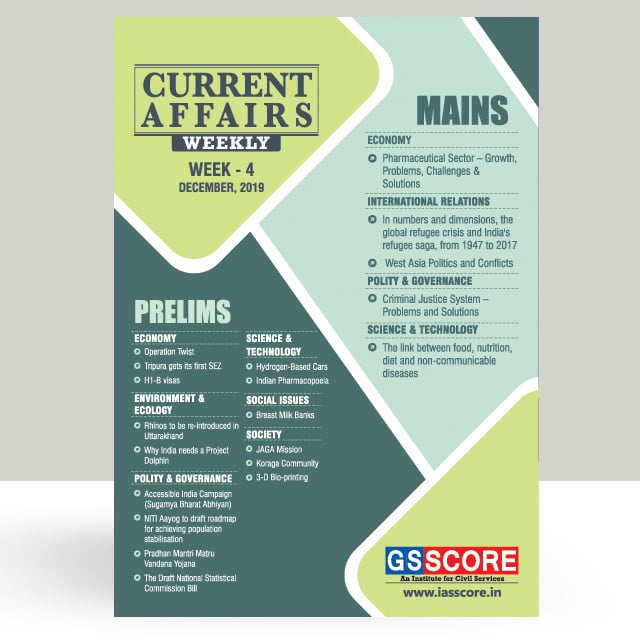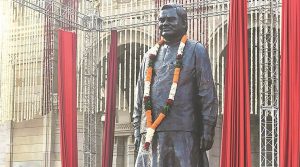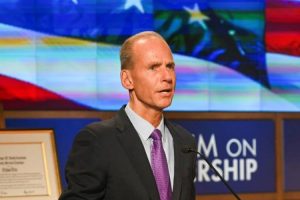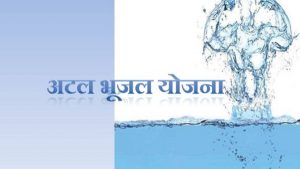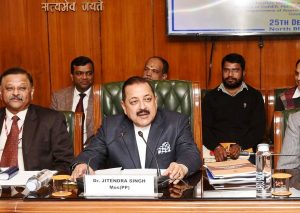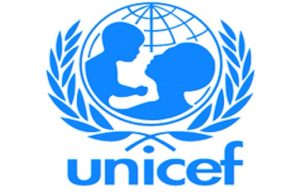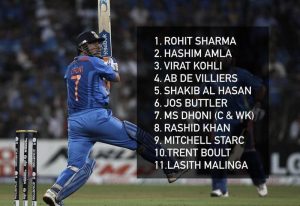VisionIAS
12:35

📰 NPR: house-to-house verification planned
Data on parents’ place of birth to be gathered; register already has data of 119 crore residents
•The Narendra Modi government proposes to update the existing National Population Register, which already has an electronic database of more than 119 crore residents, by verifying the details of all respondents through house-to-house enumeration, according to an official manual on conducting the fresh NPR exercise.
•The NPR exercise has become controversial because the Citizenship Rules 2003 link the Population Register to the creation of a National Register of Indian Citizens (NRIC) or National Register of Citizens.
•Coupled with the passage of the Citizenship (Amendment) Act, 2019, which excludes Muslims, fears about an NPR-NRC have brought lakhs of people onto the streets in protest.
•More than 20 people have been killed during the protests, most of them in Uttar Pradesh.
April-Sept. 2020
•Data for the NPR was first collected in 2010, and updated in 2015. The Modi Government has proposed that the next phase of NPR will be conducted along with Census exercise between April to September 2020.
•According to the government manual seen by The Hindu, the enumerators, all government officials, will “modify and correct the demographic data items”. They are also tasked with collecting mobile, voter card, Indian passport and driving licence numbers from residents.
•The manual requires the “inclusion of all new residents, new households found in the local area during the field work”.
•The 2010 NPR form collected details on 15 parameters whereas a “pretest” form that was used to collect data on a trial basis from 30 lakh people in September this year, sought additional details on columns such as “place of birth of father and mother, last place of residence” etc..
•It also added details such as Aadhaar number, voter ID card number, mobile phone number and driving license number.
•The manual states that in cases where date of birth or age was not known, the enumerator could help the respondent by “stimulating her/his memory” with reference to historical events well known in the area such as a “war, flood, earthquake, change in political regime, etc.”
•The manual says that if the respondent does not know the age of any member of the household and probing also does not help in determining the age of that person, “you will have to estimate her/his age by using your best judgment.”
•The manual was prepared before the pretest was conducted.
•On Thursday, Minister of State for Home G. Kishan Reddy confirmed that additional details related to the place of birth of the parents of a person being enlisted, Aadhaar number and last place of residence were being recorded as part of “basic requirements for NPR.”
•Mr. Reddy said, “I strongly condemn the deliberate and baseless misinformation campaign being spread by the Opposition parties and a section of media that NPR is a precursor to NRC. I want to make it categorical that there is no link between the two. The present NPR is part of the 2021 Census enumeration. We are just continuing the NPR exercise started by the UPA Government in 2010 with just additions of three or four columns...The opposition parties are playing a mind game of vitiating people’s faith in the government.”
•However, the Modi Government has repeatedly told Parliament that the NPR was the first step towards compiling the NRC. The Assam-specific NRC, conducted under the supervision of Supreme Court, had excluded 19 lakh out of 3.29 crore residents. There are apprehensions that people will have to dig out old documents to prove their residency in India on the lines of the exercise conducted in Assam. So far, the Modi government has not revealed the cut-off date for a nationwide NRC, which Home Minister Amit Shah has committed to in Parliament.
•Mr. Shah said on Tuesday that there was “no link between NPR and NRC”, but the 2003 Citizenship Rules clearly provides for the creation of NRIC / NRC that will flow from data gathered in the NPR. The Rules empower local officials to decide on a person’s citizenship status.

